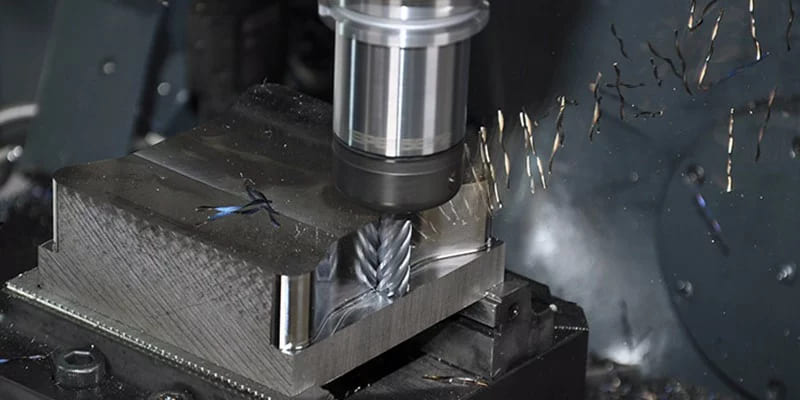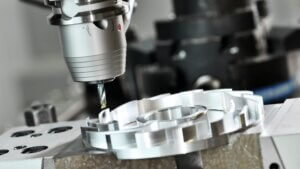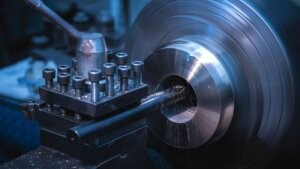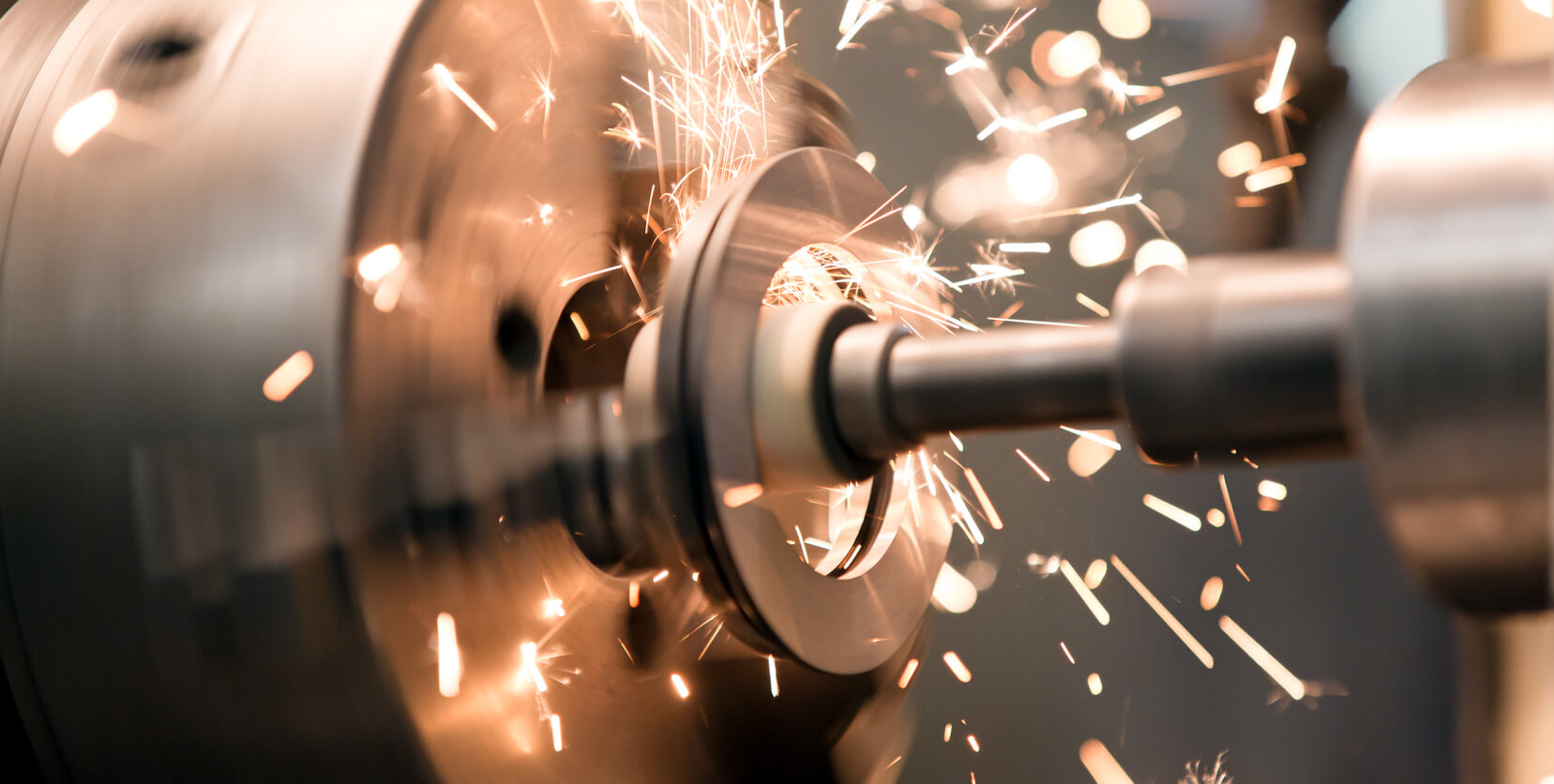Types of Stainless Steel Machining
Stainless steel can be machined through a range of different processes.
1.Process Types
①Milling
Milling is the most common primary stainless steel machining process. It uses a cutting tool that rotates at high speeds to machine a stationary workpiece. Choosing the right tool is important when machining stainless steel alloys using a milling machine. The wrong tool or high speeds can cause the tool to wear quickly. Milling stainless steel gives very high precision and a smooth cutting edge.

②Turning
Turning requires a stationary cutting tool and a rotating workpiece. The tool makes physical contact with the rotating workpiece to remove material. Turning is a common process for machining austenitic stainless steel. When machining stainless steel, it is important to keep tool overhang to a minimum.
③Drilling
Drilling is a secondary machining process used in conjunction with other metalworking techniques. Drilling is done to create holes in a metal workpiece. Stainless steel drilling is done for screw holes, secondary assembly, or aesthetics.
④Threading
Threading is used to install screws and fasteners on steel components. The threads can be inside the hole or on the outside of the workpiece. Stainless steel threading is often used on pipes and tubing.

⑤Laser Cutting
Laser cutting uses an amplified beam to melt and remove stainless steel. This method is only suitable for thin sheets of stainless steel. It is better than carbide tools because tool wear does not occur. However, it is very expensive and requires highly skilled labor.
⑥Grinding
Grinding is done to improve the surface finish of stainless steel. It can also make the workpiece more precise by removing small amounts of material. Grinding rubs the grinding wheel against the stainless steel workpiece. The process can also remove burrs from welding. Grinding helps to create a smooth cutting edge on stainless steel parts.
⑦EDM (Electrical Discharge Machining)
Electrical discharge machining (EDM) uses electrical pulses to melt the metal. The electrical pulses have very high voltage and frequency. The process is limited in terms of the thickness of stainless steel that can be cut.
⑧Waterjet Cutting
Waterjet cutting uses the power of high-pressure water to erode and cut the material. The process can cut thick stainless steel plates. However, if the corrosion resistance of a particular stainless steel grade is low, waterjet cutting may have adverse effects.
Stainless steel may encounter some difficulties during machining. These difficulties are common to most machining processes. However, problems in stainless steel machining can be avoided by taking certain precautions.
The main problem arises due to overheating of the steel surface. Overheating is a problem that is encountered in any machining process. For stainless steel alloys, overheating can compromise the corrosion resistance of the material. However, overheating can be avoided by monitoring the workpiece. Stainless steel will show a colored color on the surface when heated. This thermal reaction is associated with the pickling process. Pickling involves treating stainless steel with hydrochloric acid or sulfuric acid. The acid dissolves the oxide layer on the steel, restoring the corrosion resistance of the alloy.

2.Problems in Stainless Steel Machining
Some minor difficulties that arise in stainless steel machining include:
